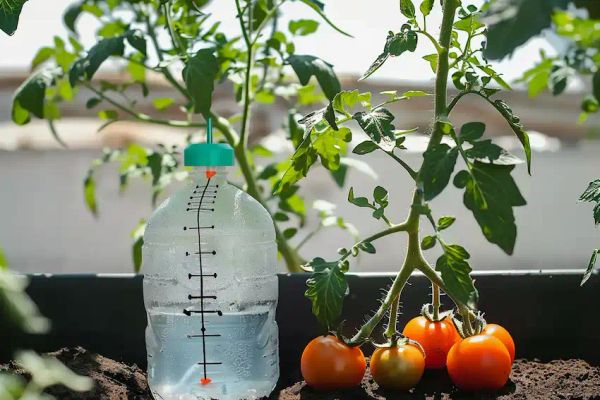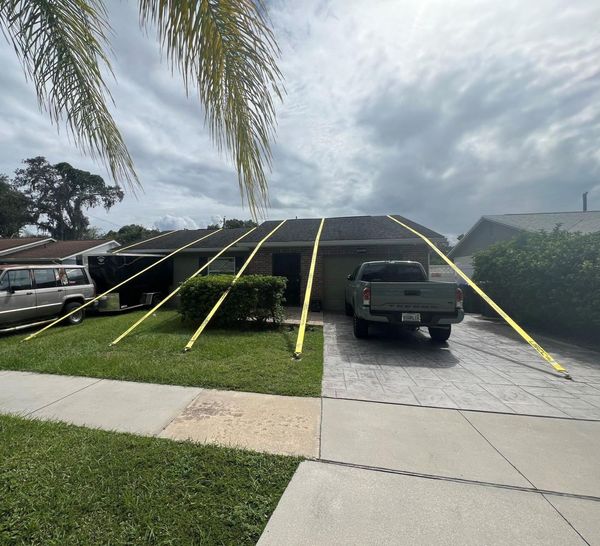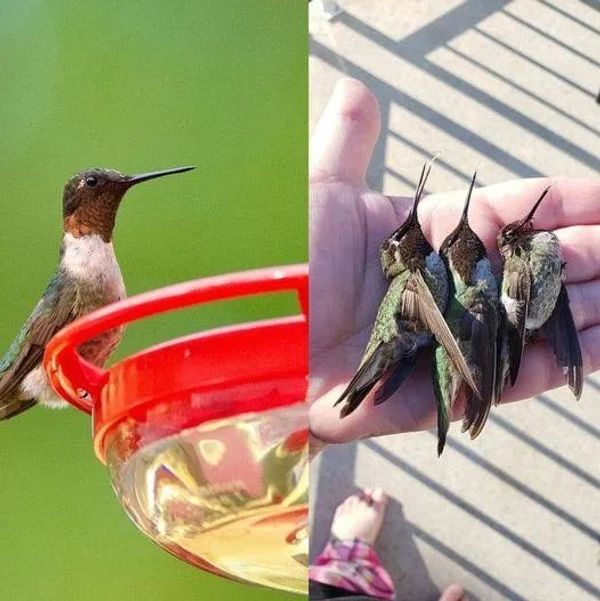Solar irrigation is a fantastic way to efficiently water your garden while being kind to both your wallet and the environment. By harnessing the power of the sun, you can create a simple drip irrigation system that is perfect for small gardens and sustainable gardening practices. In this guide, we will show you how to set up your own solar drip irrigation system using everyday materials.
Understanding Solar Irrigation
Solar irrigation takes advantage of the greenhouse effect to provide consistent watering for your plants through evaporation and condensation. This method works best in areas with plenty of sunlight and is a great option for small-scale gardening projects.
Components of a Solar Drip Irrigation System
To get started with solar irrigation, you will need the following components:
1. Transparent Plastic Cover
A transparent plastic cover acts as a miniature greenhouse, trapping heat and moisture. You can easily repurpose the top portion of a 5-liter PET bottle for this purpose.
2. Container for Irrigation Water
A smaller PET bottle, such as a 1.5-liter bottle, will serve as the reservoir for your irrigation water.
How Solar Irrigation Works
Setting up your solar irrigation system is straightforward:
- Cut off the top of a 5-liter PET bottle and use it as the cover.
- Fill a smaller, 1.5-liter bottle with water and place it inside the larger bottle base.
- Seal the system with the top of the larger bottle, creating a closed environment.
Once your system is set up, here’s how it works:
- The water in the smaller bottle evaporates due to the increased temperature inside the enclosed space, which is created by the greenhouse effect.
- The moisture then condenses on the cooler walls of the larger bottle and drips down, providing a continuous water supply for your plants.
- This evaporation and condensation cycle mimics a gentle rain, ensuring your plants receive consistent moisture.
Installation Tips
Here are some tips to make the most out of your solar irrigation system:
- Location: Choose a spot in your garden that receives full sunlight for most of the day to maximize the evaporation process.
- Water Refills: Regularly monitor the water level in the smaller bottle and refill as needed to keep your plants well-hydrated.
- Scaling Up: For larger gardens, you can install multiple solar irrigation units to cover more ground. If you have fruit trees, consider mastering drip irrigation for them as well.
Advantages of Solar Drip Irrigation
There are many benefits to using solar drip irrigation:
- Cost-Effective: Solar drip irrigation utilizes recycled materials and reduces both costs and environmental impact.
- Low Maintenance: Once your system is set up, it requires minimal supervision and only occasional refilling of the water container.
- Water Efficiency: By directly condensing moisture onto the plant area, solar drip irrigation reduces water wastage compared to traditional watering methods.
- Eco-Friendly: Solar drip irrigation promotes sustainable gardening by using solar energy and repurposing plastic bottles.
Solar drip irrigation is a simple yet ingenious solution for gardeners who want to reduce water usage while maintaining a lush garden. By repurposing common household items, you can create a self-sustaining system that not only conserves water but also helps you achieve your sustainability goals. Whether you have a small vegetable patch or a collection of potted plants, solar irrigation can revolutionize your gardening practices. For more innovative gardening solutions, check out how to create a DIY drip irrigation system and keep your plants happy and hydrated.






